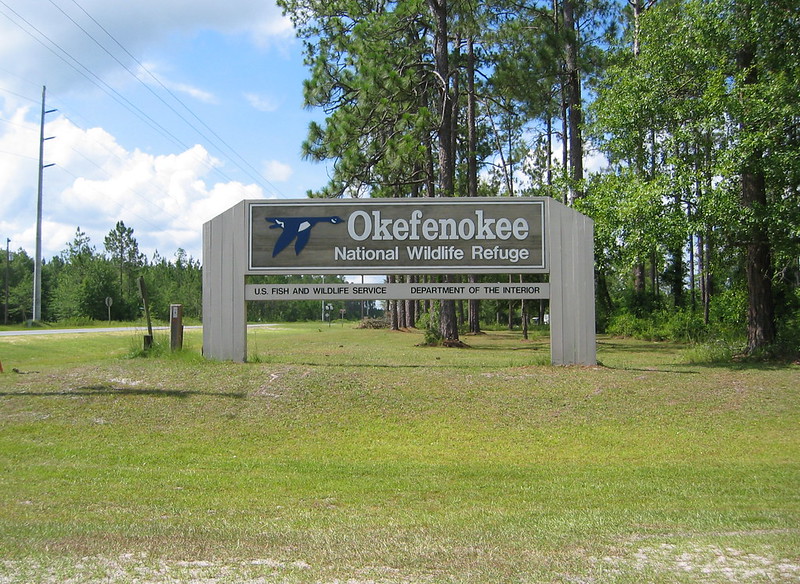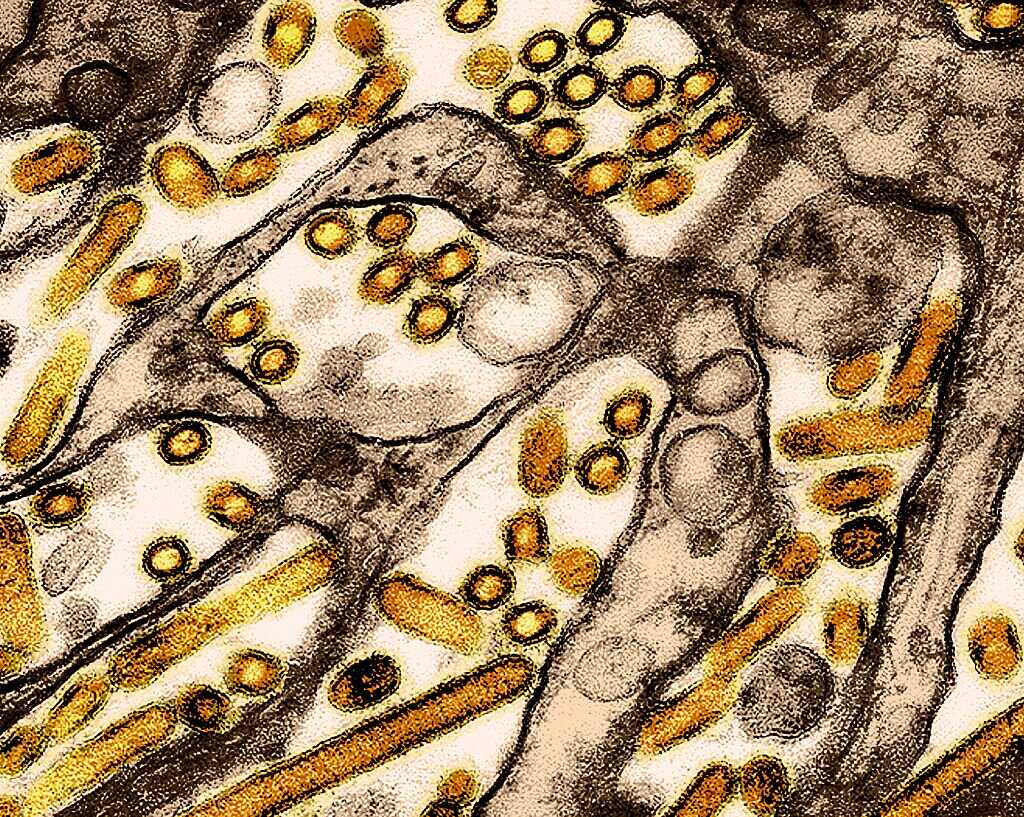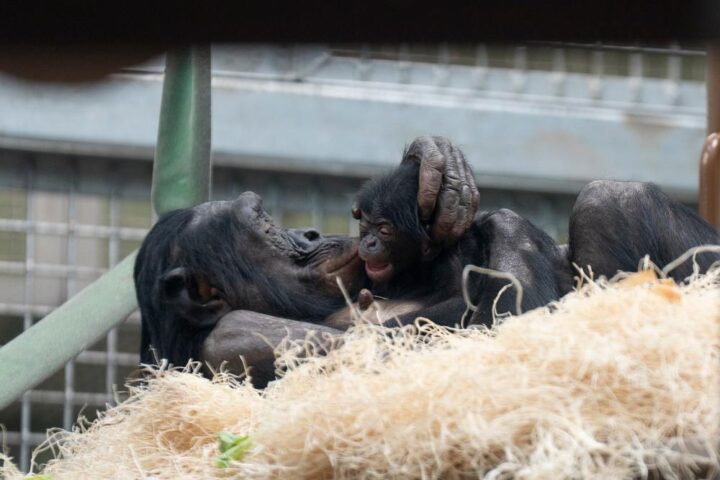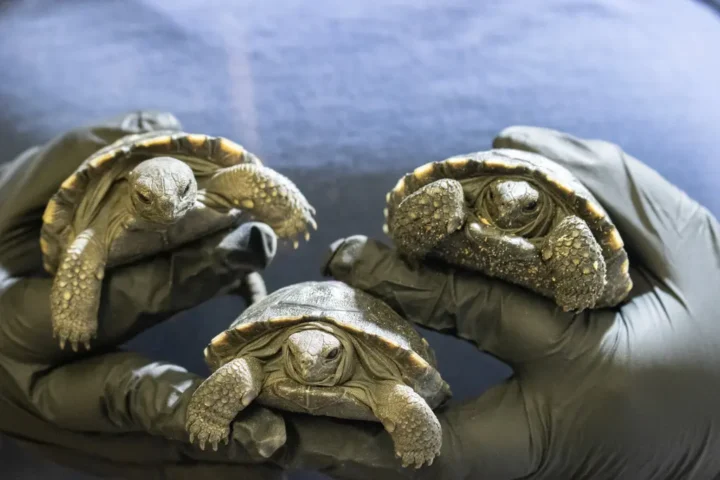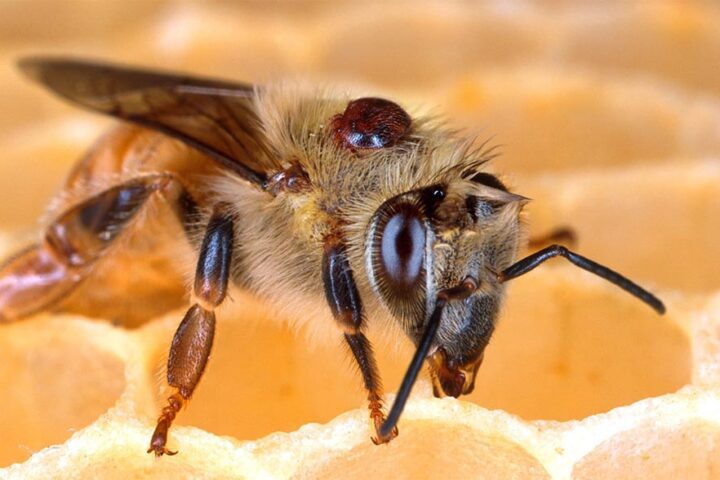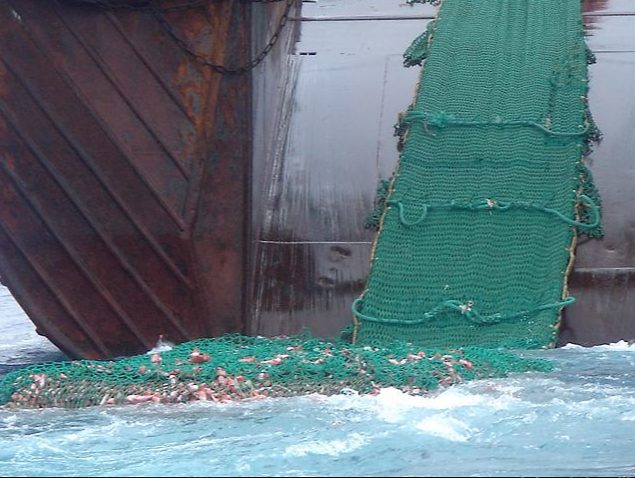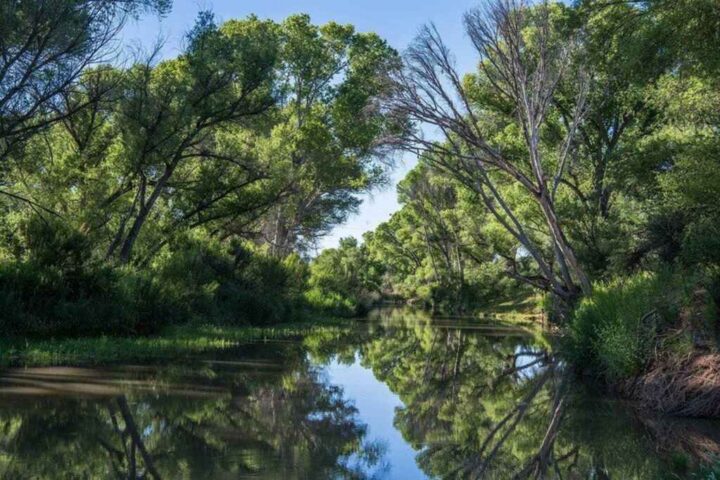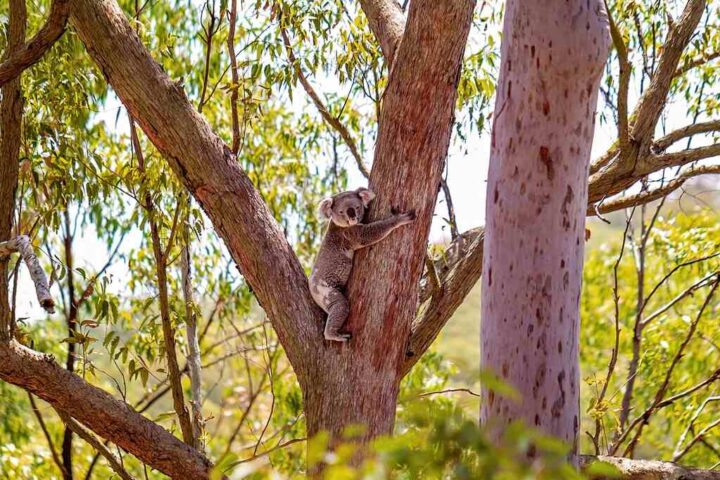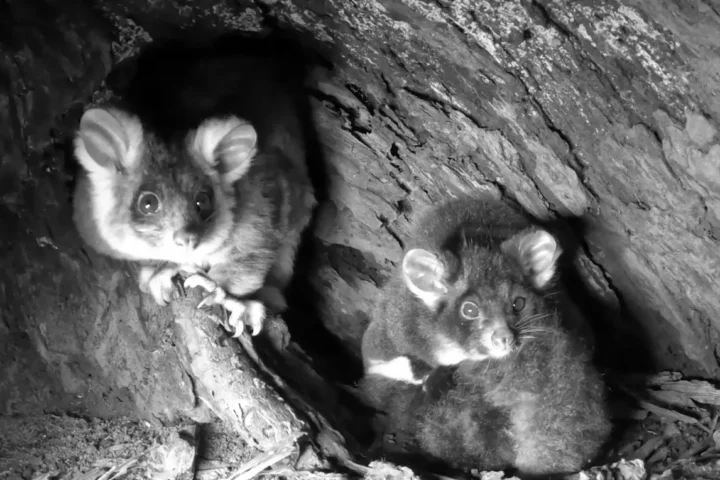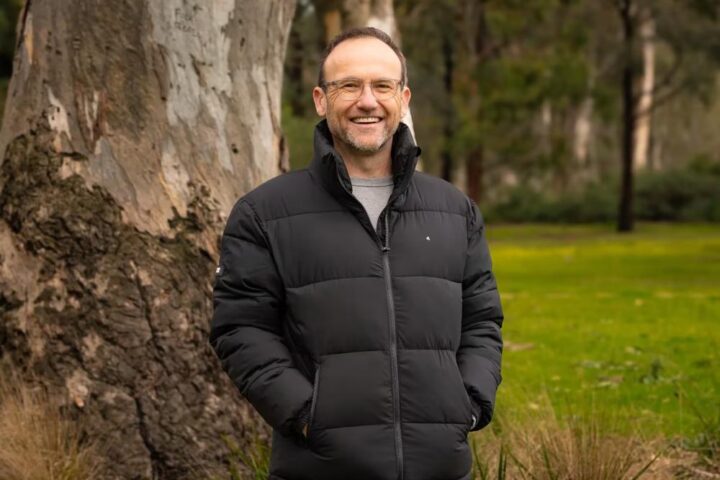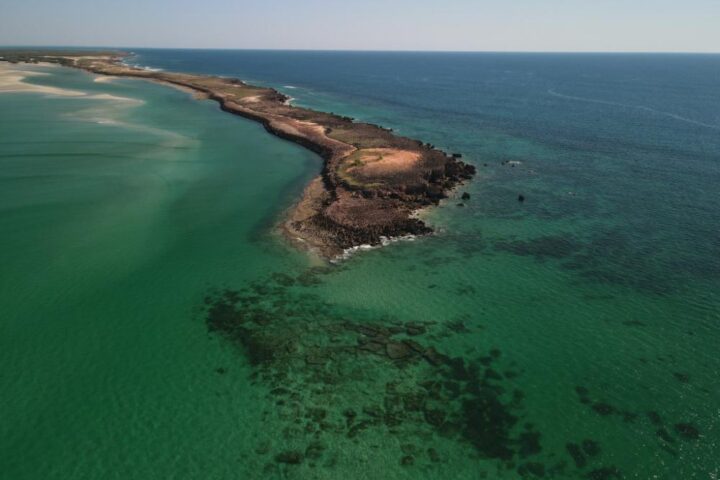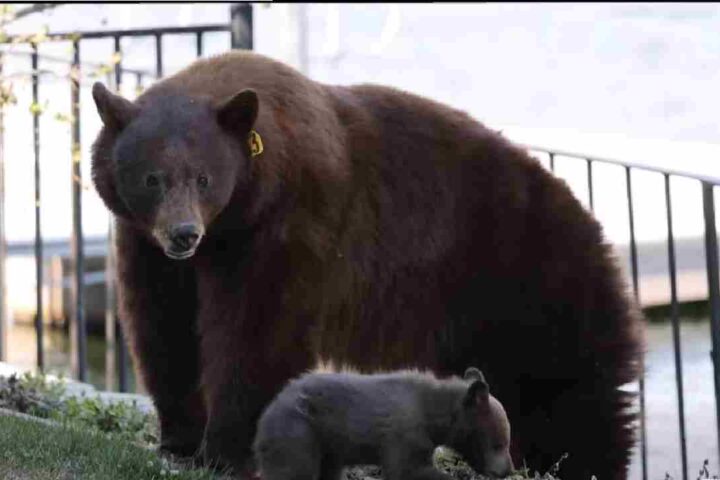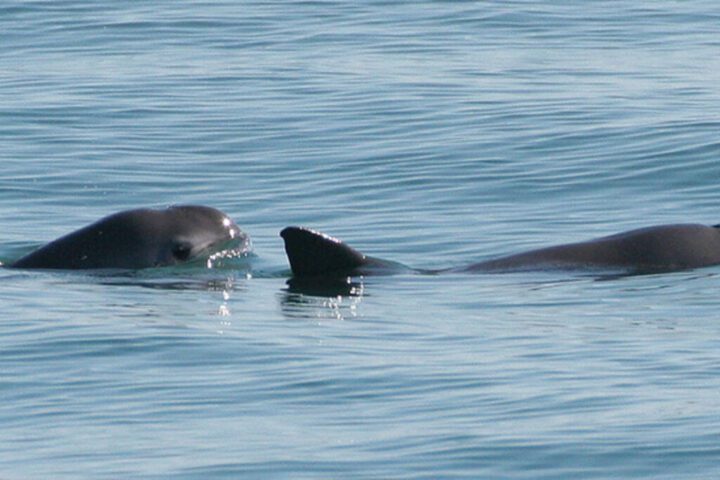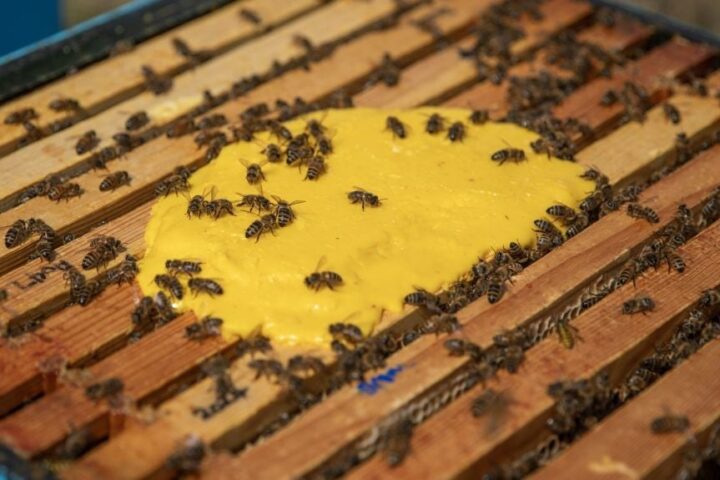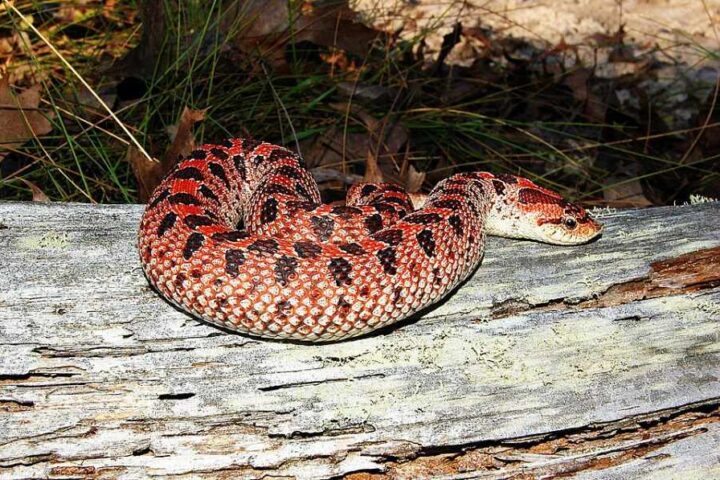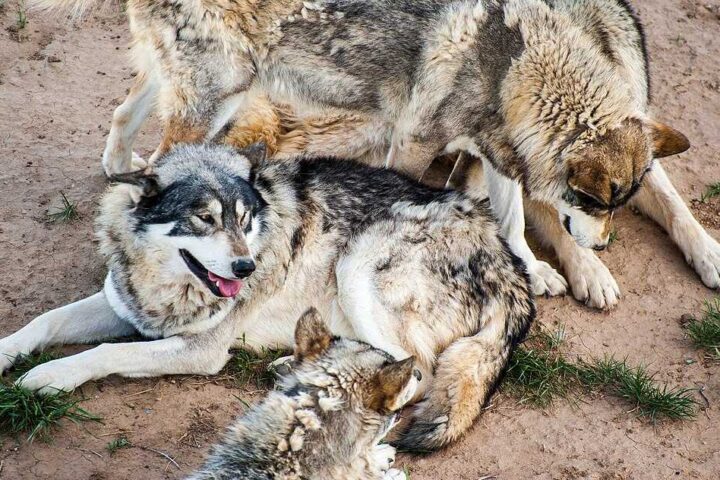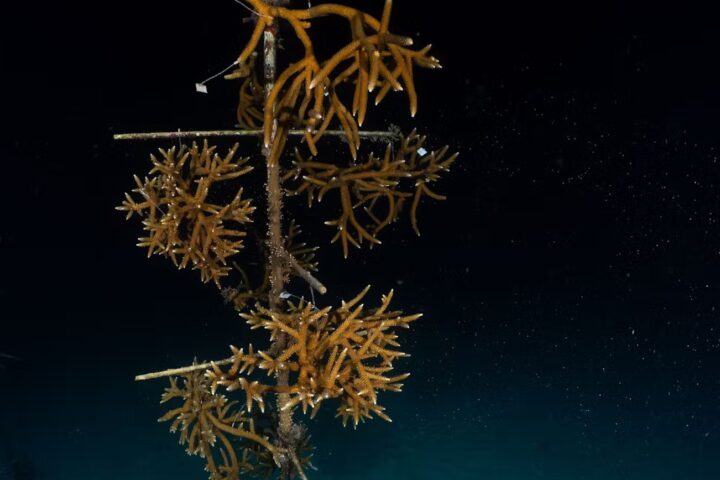The federal government plans to make the Okefenokee Wildlife Refuge bigger. This change could better protect one of America’s largest swamps and affect jobs in southeast Georgia.
The U.S. Fish and Wildlife Service wants to add 22,000 acres of land around the current refuge. This means they can now talk to nearby landowners about buying their property or working together to protect it. The extra land would create a one-mile safety zone around the swamp.
This expansion matters for several reasons. First, it helps protect the many animals that live there, including 15,000 alligators and rare woodpeckers. Second, it brings money to local communities. The refuge already draws 400,000 visitors each year, supporting 826 local jobs and bringing in $39.2 million from tourism.
“This helps protect both the swamp and the endangered species that call it home,” says Michael Lusk, who manages the refuge.
The timing is important. An Alabama company, Twin Pines Minerals, wants to mine for titanium near the swamp. This mineral is used in everyday items like toothpaste and paint. The mining would happen less than three miles from the refuge.
Many scientists worry this mining could harm the swamp. “Mining simply cannot occur next to a world-class treasure like the Okefenokee,” says Christian Hunt from Defenders of Wildlife, an environmental group.
The public strongly supports protecting the swamp. When asked for opinions, 30,000 people from 36 countries and all 50 states sent comments. Most wanted to protect the area.
Senator Jon Ossoff agrees with these concerns. He points to warnings from experts about how mining might affect water levels in the swamp. This matters because the swamp provides water to two major rivers and helps prevent droughts.
The refuge might soon join famous places like the Grand Canyon on the UNESCO World Heritage List. This would make it an even bigger tourist attraction, potentially bringing more visitors and jobs to the area.
Similar Posts
But changes won’t happen overnight. Twin Pines Minerals could still mine if Georgia gives them permission and they choose not to sell their land. The company says their work won’t harm the swamp, though many independent scientists disagree.
The expansion plan also helps protect nearby communities from wildfires. The new safety zone would make it harder for fires that naturally occur in the swamp to spread to surrounding areas.
This isn’t the first time people have tried to mine near the Okefenokee. Other big companies have tried before, but local people and environmental groups stopped them. Now, the swamp faces similar challenges, but with new protections on the horizon.
For families living near the Okefenokee, this expansion could mean:
- More stable jobs in tourism
- Better protection from wildfires
- Cleaner water in local rivers
- More places for outdoor activities
- A stronger local economy
The refuge already helps bring $17.5 million in job-related income to the area. Protecting more land could increase these benefits while preserving the swamp for future generations.
